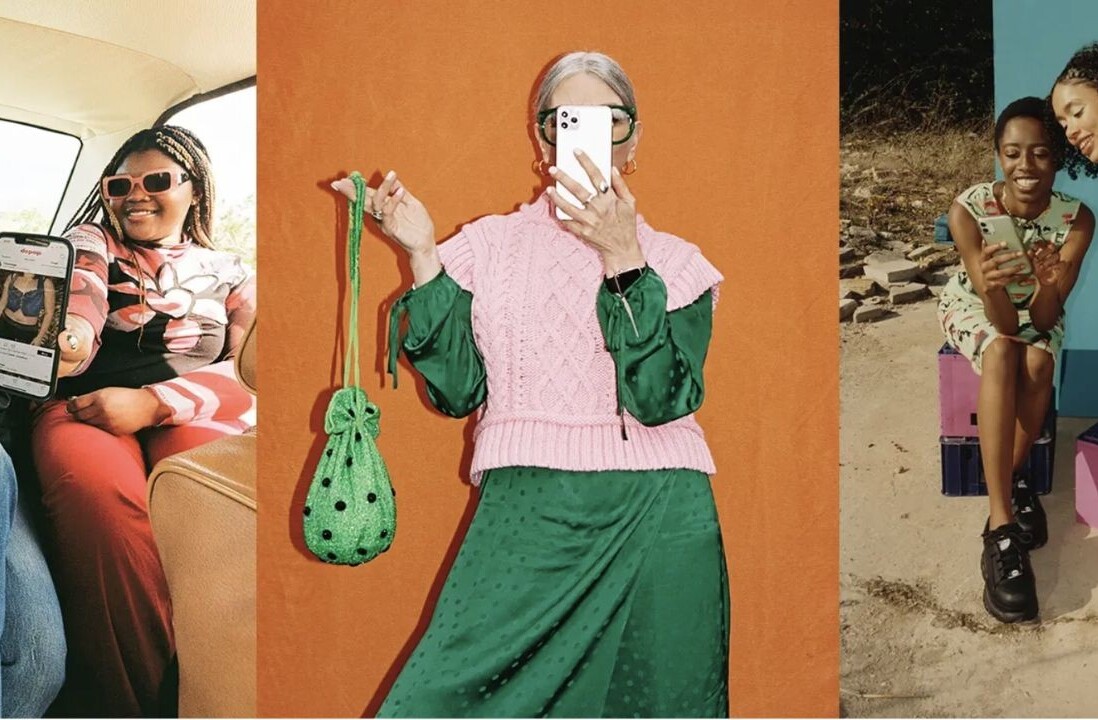
We often hear suggestions on living happier, more fulfilling lives.
We read them in books, hear them on podcasts, see them online – they’re practical things we know make sense, yet we often go back to our old ways because that’s the grind we know.
For me, one bad decision changed my life. And that decision has and will affect how I make choices and live my life – both personally and professionally.
My story
In June of 2019, my family and I arrived at my friend’s vacation home in Merritt Island, Florida — and here’s what happened.
My friend’s father in law checks us in and shows us the place. We ask him how large of a boat you can get into the boat dock. “As long as it’s not a 60-70 foot boat, its fine,” he said.
Based on my experience sailing, I figured that meant it had to be 8 feet or so deep because my 36-foot boat had a keel depth of 5.5 feet and I would generally not take it into water less than 8-10 feet.
This is a key bias that led to my decision the next day.
[Read: How we’re keeping fit while working from home]
The next morning, my son and mom go out on the boat dock, which extends about 100 meters in the Intercoastal waterway.
After 15 minutes my niece wants to go so we follow them out. My son wonders if the water in the intercoastal is as warm as the house’s pool. He thinks about jumping in but is scared of the height, which is 6 feet from the water. He considers climbing down the ladder but there are barnacles on the last 2 rungs of the ladder and we are concerned he will cut his feet.
Without thinking about it, I dive into the water and hit the bottom. I see a white flash and my ears are ringing. Blood is coming out of my nose. I do not lose consciousness but I am floating face down in the water and not able to move my arms or legs. I am looking at my right hand but can’t move it. I realize that I have broken my neck. I fear I am quadriplegic; no one will see me or save me. I fear the worst — I might die here.
Suddenly, I get a burst of adrenaline and push off the bottom with my legs, turn myself around holding my neck and say out loud: “My neck is broken.” My brother, who thought I was joking at first, jumps in, my son grabs a boogie board and they stabilize me floating on the water. There is no way to climb out, we have to call the paramedics and wait until they arrive.
It was the longest 10 seconds followed by the longest 22 minutes of my life.
The aftermath
The paramedics arrive and pull me out of the water using an extendable aluminium ladder they place in the water.
They put me on a backboard and pull me up the ladder with ropes, put me on the gurney, roll me down the dock, around the pool, through the house and down the driveway. The ambulance could not make it to the house because the palm trees were too low.
I get to the hospital and find out I have a Jefferson burst fracture of my C1 vertebrae. After some discussion and a transfer to the Orlando Regional Medical Center, I end up having surgery to fuse my C1 and C2.
I remember the first thing I said to my brother when he stabilized me was “That was so stupid, I can’t believe I did that.” I am not sure if he was just trying to make me feel better, but he said, “We all thought it was deep.”
Reflection and hindsight
My brother’s words got me thinking about why I made the decision to dive in and what I can learn from it going forward.
First, I am grateful my son did not jump in. I am confident that my children will never suffer such an injury after seeing what happened to me; we all took what we saw and experienced and learned from it.
In my professional life, I found interesting parallels to how I jumped in the water that day, and how I make decisions on the job. I’m in analytics and I look at numbers, market conditions, and volatile and shifting pricing models across industries around the world for a company called Pricefx.
If we talk about it in business terms, I made a management decision that was almost fatal. Why? I could not visualize the complete situation based on the data that was available as the water was murky and you could not see the bottom.
Moreover, my decision was biased. It based on my experience in different water with different boats than what my local guide was referring to. And the situation in which that guidance was offered was not in the context of jumping in the water, but I applied it in that way.
[Read: Want to be an entrepreneur? Start by visualizing your success]
This sort of bias in decision-making is extremely common in business and personal life. Avoiding it is key when analyzing data, especially when you get into data science and machine learning.
In statistics, which is the basis for machine learning, there are two types of bias that must be acknowledged and avoided in analytics: Type 1 and Type 2 errors.
Type 1 errors are false positives, in other words the rejection of a hypothesis that is actually true. Type 2 errors are the opposite: a false-negative where the invalid hypothesis is not rejected. My error was type 2 bias: I did not reject an invalid hypothesis that the water was deep.
Had I stopped to think more, I would have realized that there was a low tide as the bottom rungs of the ladder were exposed. This is the hidden insight I did not consider. Had I done so, it would have led me to predict that the water was shallower than normal.
I also could have stopped to consider that most of the boats in the area are pontoon boats, not sailboats, which have a much shallower draft. There is typically insight to be found in your data that can be used to overcome the bias that you might have or at least clue you into another way of looking at things.
My son, on the other hand, had no bias. He saw the height of the dock off the water and was rightfully scared of jumping in. For me it seemed like no big deal, I had dived off 40 foot cliffs on several occasions in the past. But trust me, diving through 6 feet of air into 3 feet of water when you’re 6 feet tall is a big deal.
So, what now?
I am blessed to be alive. This experience has given me a renewed sense of appreciation for every second of life and every step that I take.
I am still in pain everyday. I will never fully recover and there are many things that I enjoy that I might never do again. But I don’t care.
I say no to more things that don’t’ matter now. I focus on what matters and cherish the time I have. I used to think a lot about my next move and how that will benefit the world, now I am trying to figure out how to make the world a better place.
Material things don’t really matter, but experiences do. Time is all we really have in this world and you can’t make more of it, so I spend more time with family and friends and (try to spend) less time working.
I have always tried to make the most of life but find that I am now more present, I meditate more, get off my phone and computer, and try to connect with more people more often.
Get the TNW newsletter
Get the most important tech news in your inbox each week.





